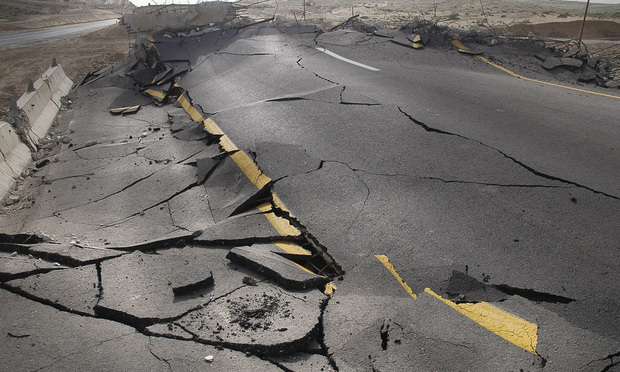 According to RIMS, after you've completed your assessments, strengthening and retrofitting vulnerable buildings is the first step you should take in preparing for a quake. (Credit: SDubi/Shutterstock)
According to RIMS, after you've completed your assessments, strengthening and retrofitting vulnerable buildings is the first step you should take in preparing for a quake. (Credit: SDubi/Shutterstock)
It can be easy to forget earthquakes are a threat. While there are 20,000 earthquakes each year, in some areas they happen so sporadically that decades can pass between major quakes. When they do strike, however, they can cause devastation that leaves customers, agents and claims professionals alike scrambling to clean up the mess. With earthquakes, as with most things, the best offense is a good defense, and a recent white paper from RIMS addresses the best ways to prepare for seismic activity to minimize your risk and damage when things get shaky.
Want to continue reading?
Become a Free PropertyCasualty360 Digital Reader
Your access to unlimited PropertyCasualty360 content isn’t changing.
Once you are an ALM digital member, you’ll receive:
- All PropertyCasualty360.com news coverage, best practices, and in-depth analysis.
- Educational webcasts, resources from industry leaders, and informative newsletters.
- Other award-winning websites including BenefitsPRO.com and ThinkAdvisor.com.
Already have an account? Sign In
© 2024 ALM Global, LLC, All Rights Reserved. Request academic re-use from www.copyright.com. All other uses, submit a request to [email protected]. For more information visit Asset & Logo Licensing.








